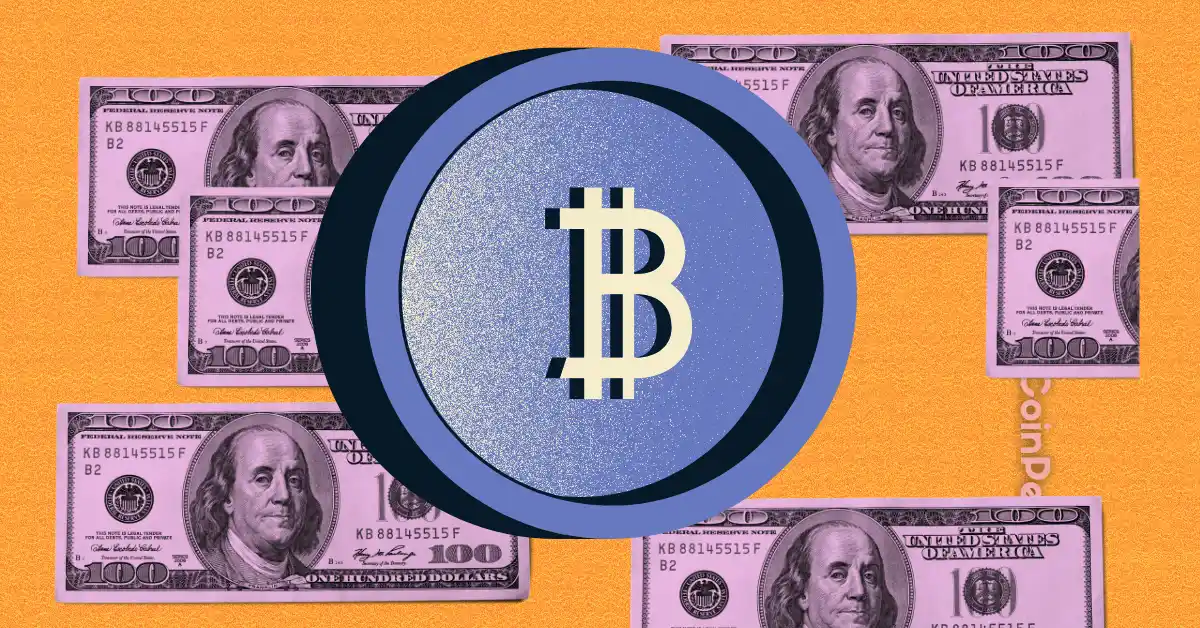
Senator JD Vance predicts U.S. Bitcoin ownership will surge to 100M as the Clarity Act nears passage, setting the stage for mainstream crypto adoption.
The Clarity Act could end crypto’s legal uncertainty, unlocking Wall Street and institutional growth as Bitcoin steadies near $110K with long-term momentum.
At the Bitcoin 2025 conference, U.S. Senator JD Vance made a bold prediction that the number of Americans owning Bitcoin will double from around 50 million to 100 million in the coming years. He described Bitcoin as a symbol of innovation, financial freedom, and a strong hedge against inflation and government overreach, emphasizing that crypto is no longer a fringe movement but a mainstream reality.
The Clarity Act: A Turning Point for Crypto Regulation
Vance’s comments come as the U.S. moves closer to passing the Clarity Act, a long-awaited bill expected to settle crypto’s biggest legal gray area: who regulates it. For years, the SEC and CFTC have fought over jurisdiction, creating confusion for projects, exchanges, and investors. The Clarity Act aims to fix that by clearly defining which tokens are securities and which are commodities, giving the crypto industry a solid legal foundation to grow.
Analysts at Bitwise estimate there’s now an 80% chance the Clarity Act will pass by early 2026. If approved, it could mark the start of a new era for U.S. crypto markets, paving the way for banks, corporations, and institutional investors to fully embrace blockchain and Bitcoin integration.
From Wall Street to Main Street
The growing wave of Bitcoin ETFs and Wall Street interest has already boosted confidence in digital assets, but regulatory clarity could take that momentum to another level. With clear rules, more institutions are expected to launch crypto products, and more Americans could start viewing Bitcoin as part of their long-term savings or retirement strategies.
A New Chapter for Bitcoin
Vance’s optimism reflects the broader sentiment that Bitcoin’s best days may still be ahead. As the U.S. edges toward clearer regulation and financial institutions prepare to integrate blockchain into everyday use, the dream of mainstream crypto adoption looks closer than ever.
If the Clarity Act delivers on its promise, 2026 could be remembered as the year Bitcoin truly became a household name, not just an investment, but a cornerstone of the modern financial system.
Bitcoin Current Sentiment
Bitcoin is currently trading at around $109,956, with nearly 19.94 million BTC in circulation out of the total supply cap of 21 million coins. The top cryptocurrency hit an all-time high of $126,198 on October 7, 2025, and once traded as low as $0.0486 back in July 2010, a massive gain of over 226 million percent since then.
Although Bitcoin is down about 12.8% from its recent peak, it’s still showing strong long-term momentum. With its fixed supply limit, Bitcoin remains a deflationary asset, meaning scarcity could help support its value over time.
For traders, the 50-day moving average sits at $114,076, reflecting short-term price action, while the 200-day average is around $109,491, suggesting Bitcoin is holding steady in a broader uptrend despite the recent dip.
Never Miss a Beat in the Crypto World!
Stay ahead with breaking news, expert analysis, and real-time updates on the latest trends in Bitcoin, altcoins, DeFi, NFTs, and more.
FAQs
Around 50 million Americans currently own Bitcoin in 2025, and experts predict that number could reach 100 million as adoption and regulation expand.
The Clarity Act defines which crypto assets are securities or commodities, providing long-awaited legal clarity that could boost investor confidence.
The CLARITY Act gives Bitcoin a clear regulatory status as a commodity, helping banks and institutions safely integrate it into financial systems.
Despite short-term volatility, Bitcoin’s fixed supply and rising global adoption make it a long-term store of value for many investors.
Trust with CoinPedia:
CoinPedia has been delivering accurate and timely cryptocurrency and blockchain updates since 2017. All content is created by our expert panel of analysts and journalists, following strict Editorial Guidelines based on E-E-A-T (Experience, Expertise, Authoritativeness, Trustworthiness). Every article is fact-checked against reputable sources to ensure accuracy, transparency, and reliability. Our review policy guarantees unbiased evaluations when recommending exchanges, platforms, or tools. We strive to provide timely updates about everything crypto & blockchain, right from startups to industry majors.
Investment Disclaimer:
All opinions and insights shared represent the author's own views on current market conditions. Please do your own research before making investment decisions. Neither the writer nor the publication assumes responsibility for your financial choices.
Sponsored and Advertisements:
Sponsored content and affiliate links may appear on our site. Advertisements are marked clearly, and our editorial content remains entirely independent from our ad partners.








